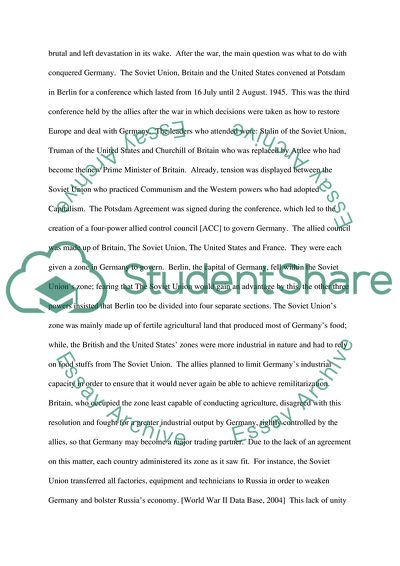Cite this document
(“The Berlin Blockade Research Paper Example | Topics and Well Written Essays - 1500 words - 1”, n.d.)
The Berlin Blockade Research Paper Example | Topics and Well Written Essays - 1500 words - 1. Retrieved from https://studentshare.org/history/1749682-the-berlin-blockade
The Berlin Blockade Research Paper Example | Topics and Well Written Essays - 1500 words - 1. Retrieved from https://studentshare.org/history/1749682-the-berlin-blockade
(The Berlin Blockade Research Paper Example | Topics and Well Written Essays - 1500 Words - 1)
The Berlin Blockade Research Paper Example | Topics and Well Written Essays - 1500 Words - 1. https://studentshare.org/history/1749682-the-berlin-blockade.
The Berlin Blockade Research Paper Example | Topics and Well Written Essays - 1500 Words - 1. https://studentshare.org/history/1749682-the-berlin-blockade.
“The Berlin Blockade Research Paper Example | Topics and Well Written Essays - 1500 Words - 1”, n.d. https://studentshare.org/history/1749682-the-berlin-blockade.


